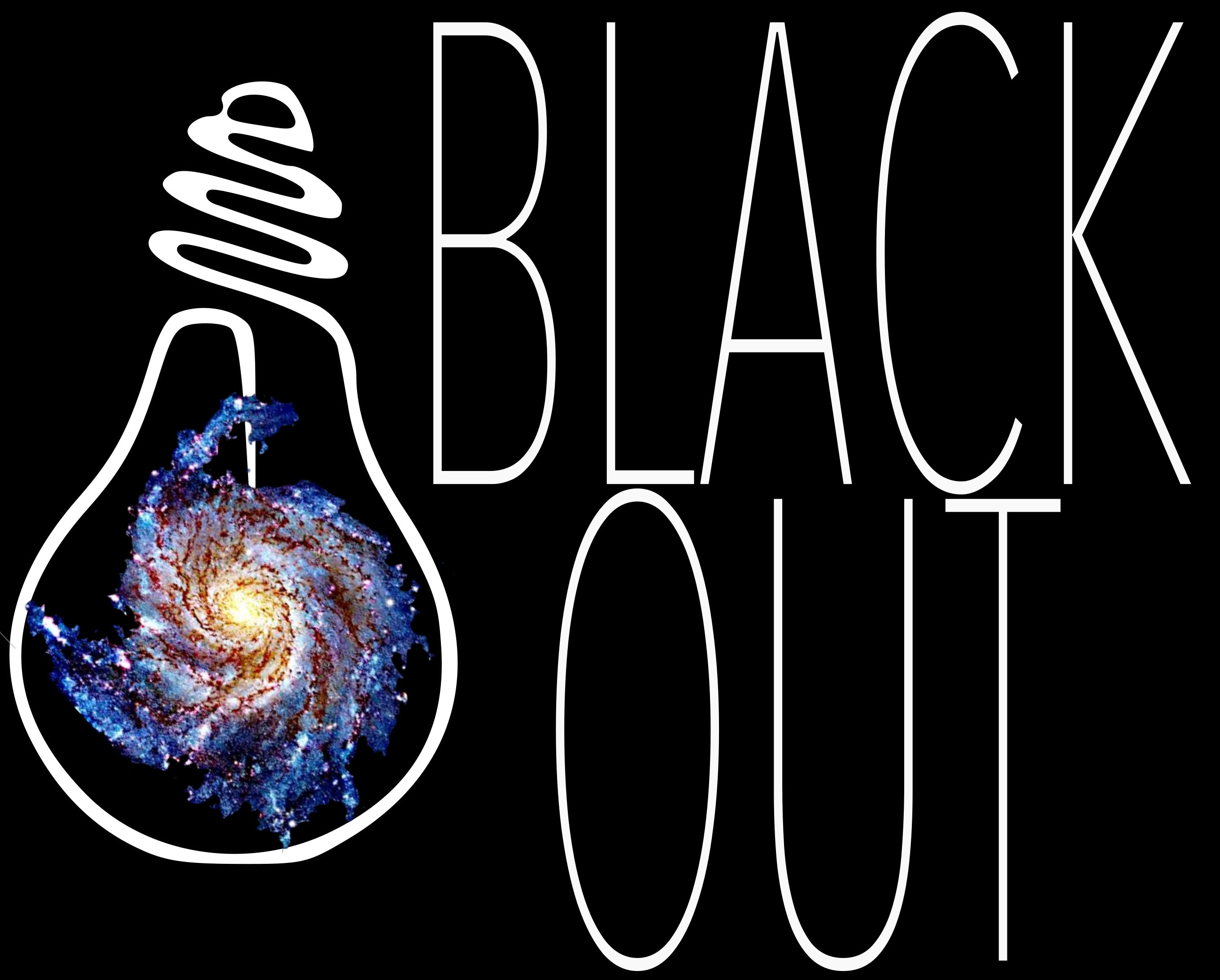WP1 is organised in two tasks.
Task1.1 Luminous quasars at z=3-4 [Lead: INAF, participants: UniFI, UniBo, RomaTRE]
The WISSH (WISE/SDSS hyper-luminous quasars) have log(Lbol/ergs/s)>47, accretion rates close to the Eddington one, and super-massive BH masses in the range 1E9–1E10 MSun. These huge luminosities drive powerful winds, which have been discovered by us in ionized gas on both nuclear scales (1-10pc [33]) and galaxy scales (0.1-10kpc [32]).
Task1.2 Luminous quasars at z>6 [Lead: UniFi, participants: INAF, UniBo, SNS]
Six z>6 quasars have been selected based on their bolometric luminosity.
For both the WISSH and the z>6 samples ionized, neutral and molecular gas in quasar host galaxies and in their GCM, will be studied using the data from the programs listed in the Figure.
These data will allow us to:
1) Study the quasar environment and search for merging signatures, such as galaxies close to the central quasar, double nuclei, etc. Compare with merging fractions and environment around obscured AGN, radio-loud AGN, and lower luminosity AGN (comparison samples).
2) Study the correlations between the properties of extended Ly -nebulae and the AGN properties. Compare the geometry and physical properties of Ly -nebulae to those of comparison samples.
3) Study the spatially resolved metallicity of the CGM gas using the HeII and CIV lines.
4) Probe the neutral and low ionization gas through the [CII] line, the molecular gas through the CO lines, and the SFR through the 200um continuum. Search for both low velocity (disk) and high velocity (wind) gas and assess their geometry.
5) Detect HI ionizing radiation in both the WISSH sample and in AGN 10-30 times less luminous using ultra-deep single slit spectroscopy.

